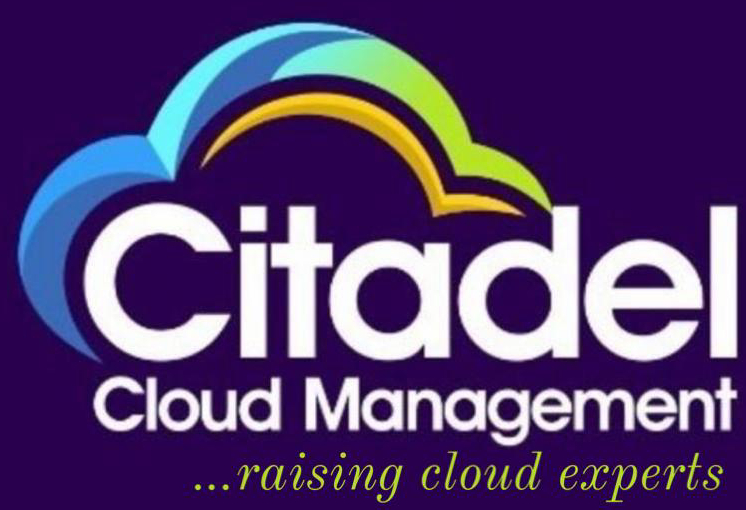Microsoft Azure, a leading cloud service provider, offers robust and scalable solutions for businesses of all sizes. However, managing costs in Azure can be challenging due to the dynamic and complex nature of cloud services. This blog post will explore effective cost management strategies for Microsoft Azure to help businesses optimize their cloud spending.
Understanding Azure Pricing
Azure’s pricing model is based on a pay-as-you-go structure, meaning you only pay for the resources you use. However, understanding the intricacies of this model is crucial for effective cost management. The key factors influencing Azure costs include:
- Compute Resources: Virtual machines, Azure Functions, and App Services.
- Storage: Blob storage, Azure Files, and Disk storage.
- Networking: Data transfer, VPN Gateway, and Load Balancer.
- Other Services: Databases, AI, and Machine Learning services.
Each of these components has its own pricing structure, which can vary based on factors like region, performance tiers, and usage patterns.
Best Practices for Cost Management
1. Right-sizing Resources
One of the most effective ways to manage costs is by right-sizing your resources. This involves adjusting the size and type of your Azure resources to match your actual usage requirements.
- Monitor Resource Usage: Use Azure Monitor and Azure Advisor to track and analyze resource utilization.
- Optimize VM Sizes: Choose the right VM size based on your workload requirements. Utilize burstable VMs (B-series) for workloads with variable CPU usage.
- Scale Up or Down: Leverage Azure’s auto-scaling capabilities to automatically scale resources based on demand.
2. Implementing Cost Management and Billing Tools
Azure provides several built-in tools to help manage and optimize costs.
- Azure Cost Management and Billing: This tool offers comprehensive cost analysis, budget setting, and cost allocation features. It helps you track spending, identify cost anomalies, and create cost-saving recommendations.
- Azure Pricing Calculator: Use this tool to estimate costs for your Azure services. It allows you to configure and compare different pricing scenarios.
- Azure Reservations: Purchase reserved instances for significant discounts compared to pay-as-you-go pricing. This is ideal for predictable workloads.
3. Utilizing Azure Hybrid Benefit
Azure Hybrid Benefit allows you to use existing on-premises licenses for Windows Server and SQL Server with Azure. This can result in substantial cost savings.
- Windows Server: Use your Windows Server licenses with Software Assurance to save up to 40% on virtual machines.
- SQL Server: Apply your SQL Server licenses to Azure SQL Database or SQL Server on Azure VMs to save up to 55%.
4. Leveraging Spot Instances
Azure Spot Instances offer unused compute capacity at a significant discount. These instances are ideal for interruptible workloads like batch processing, dev/test environments, and large-scale stateless applications.
- Cost Savings: Spot instances can offer cost savings of up to 90% compared to standard pay-as-you-go prices.
- Interruption Handling: Ensure your applications can handle interruptions as Azure can reclaim spot instances at any time.
5. Monitoring and Optimizing Storage Costs
Storage costs can add up quickly if not managed properly. Here are some strategies to optimize storage costs in Azure.
- Storage Tiers: Azure offers different storage tiers (Hot, Cool, Archive) based on access frequency. Use the appropriate tier to optimize costs.
- Lifecycle Management: Implement Azure Blob Storage lifecycle management policies to automatically move data to lower-cost storage tiers based on age or access patterns.
- Compression and Deduplication: Use compression and deduplication techniques to reduce storage consumption.
6. Automating Cost Management Processes
Automation can play a significant role in managing Azure costs effectively.
- Automation Tools: Use Azure Automation and Azure Logic Apps to automate routine tasks, such as starting/stopping VMs, cleaning up unused resources, and implementing governance policies.
- Policy Enforcement: Apply Azure Policy to enforce cost-saving practices, such as restricting resource creation to specific regions or VM sizes.
Case Study: Successful Cost Management in Azure
Consider the example of a mid-sized enterprise that migrated its IT infrastructure to Azure. By implementing the strategies discussed above, the company achieved significant cost savings:
- Resource Right-Sizing: By right-sizing VMs and leveraging auto-scaling, the company reduced its compute costs by 30%.
- Azure Reservations: Purchasing reserved instances for predictable workloads resulted in a 25% cost reduction.
- Storage Optimization: Implementing lifecycle management policies and using appropriate storage tiers saved 20% on storage costs.
- Spot Instances: Utilizing spot instances for non-critical workloads reduced compute costs by an additional 15%.
Overall, the company achieved a 40% reduction in its Azure costs while maintaining high performance and availability.
FAQs on Azure Cost Management
1. What is the best way to start managing Azure costs?
Start by using Azure Cost Management and Billing to gain insights into your current spending. Set budgets, monitor usage, and identify cost-saving opportunities. Use the Azure Pricing Calculator to estimate future costs and plan your resource allocation accordingly.
2. How can I avoid unexpected Azure charges?
Avoid unexpected charges by setting up cost alerts and budgets in Azure Cost Management and Billing. Regularly review your usage reports and ensure that all resources are being used efficiently. Implement policies to prevent the creation of unnecessary or oversized resources.
3. What are Azure Reservations and how do they save costs?
Azure Reservations allow you to commit to one- or three-year terms for certain resources, such as virtual machines, at a discounted rate. This is ideal for predictable workloads and can save up to 72% compared to pay-as-you-go pricing.
4. How do I choose the right VM size for my workload?
Use Azure Advisor and Azure Monitor to analyze your current VM performance and usage patterns. Based on this data, select the VM size that best fits your workload requirements. Consider burstable VMs for variable workloads and larger VMs for high-performance applications.
5. What are Azure Spot Instances and when should I use them?
Azure Spot Instances offer unused compute capacity at a lower price. They are suitable for interruptible workloads, such as batch processing, dev/test environments, and large-scale stateless applications. Be prepared for potential interruptions, as Azure can reclaim these instances when needed.
6. How can I optimize storage costs in Azure?
Optimize storage costs by selecting the appropriate storage tier (Hot, Cool, Archive) based on your data access patterns. Implement lifecycle management policies to automatically move data to lower-cost tiers. Use compression and deduplication techniques to reduce storage usage.
7. What tools can help automate cost management in Azure?
Use Azure Automation and Azure Logic Apps to automate cost management tasks, such as starting/stopping VMs and cleaning up unused resources. Apply Azure Policy to enforce cost-saving practices and ensure compliance with governance policies.
Conclusion
Effective cost management in Microsoft Azure requires a combination of strategies, tools, and best practices. By right-sizing resources, utilizing cost management tools, leveraging Azure Hybrid Benefit and Spot Instances, optimizing storage costs, and automating processes, businesses can significantly reduce their Azure spending. Regularly reviewing and adjusting your cost management strategies will ensure you maximize the value of your Azure investment while maintaining high performance and reliability.

